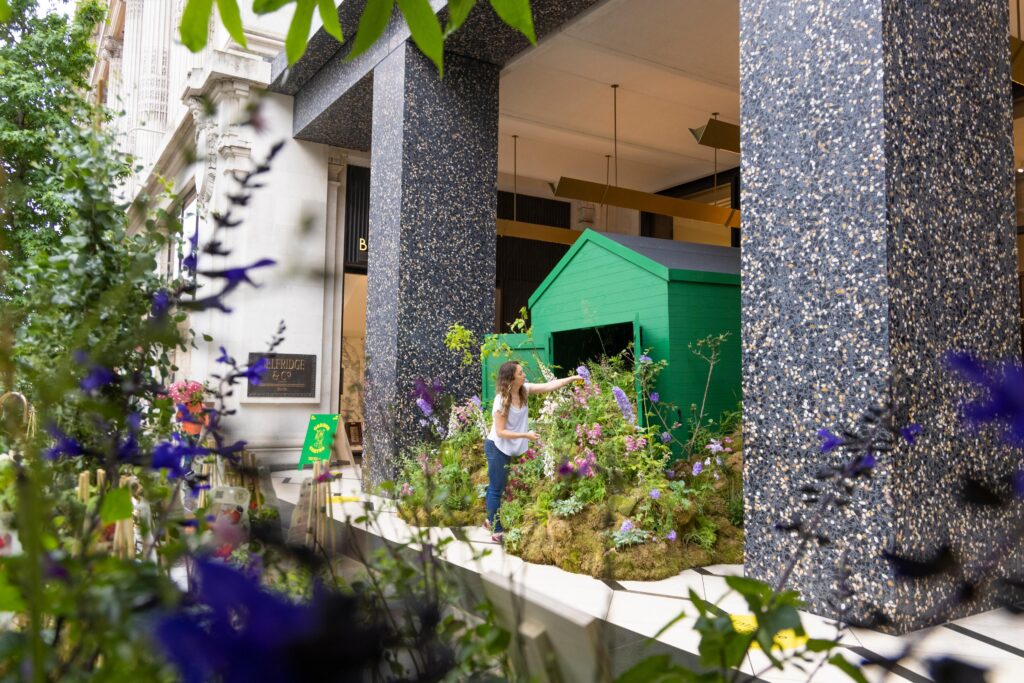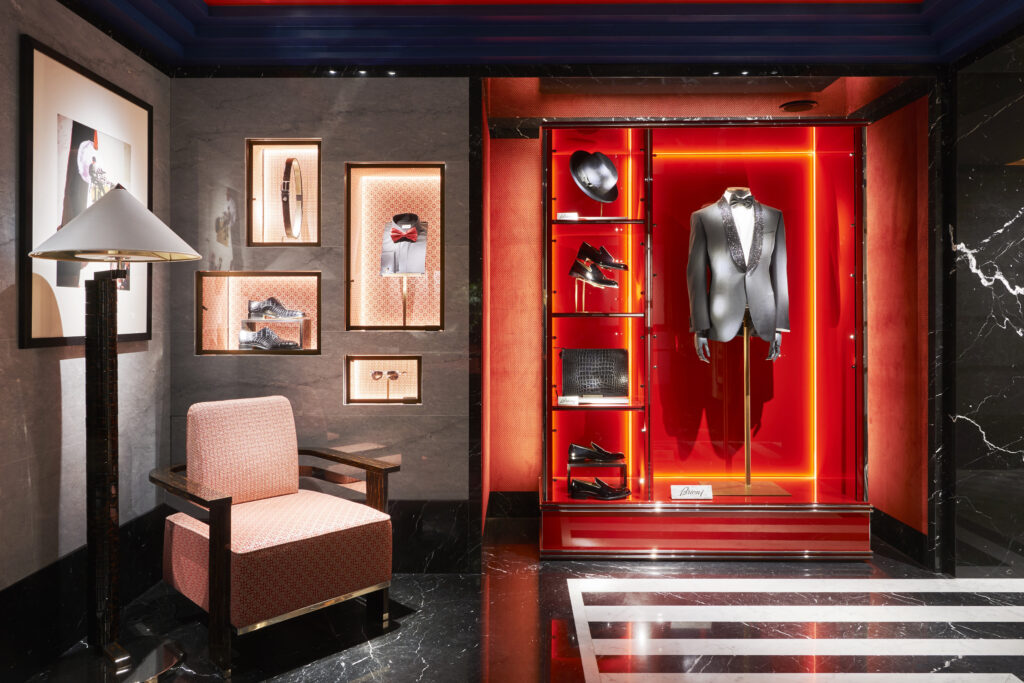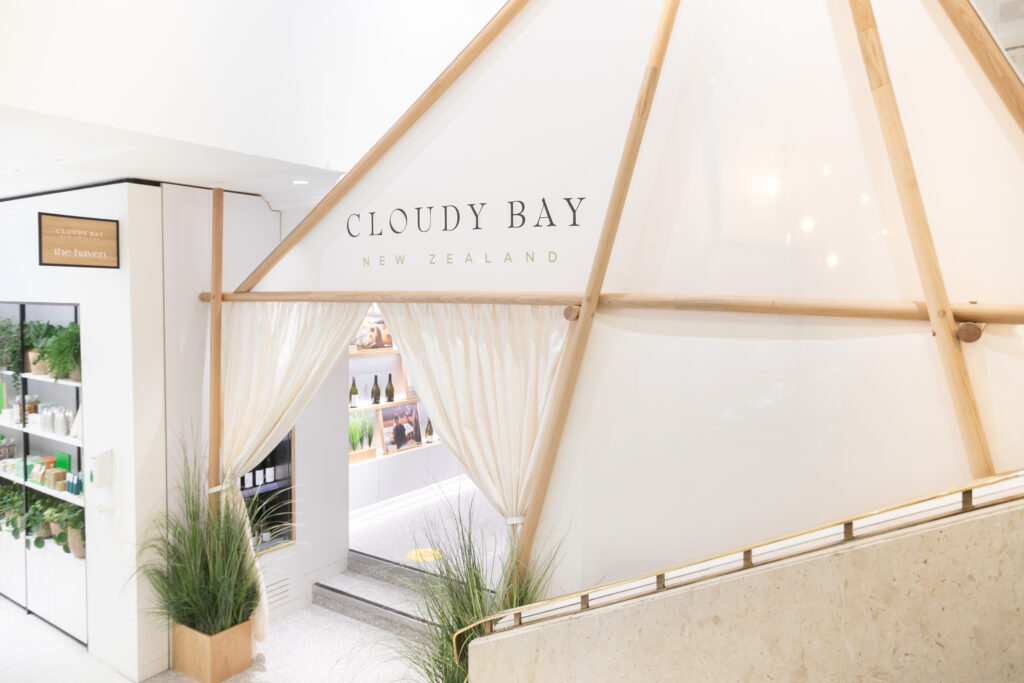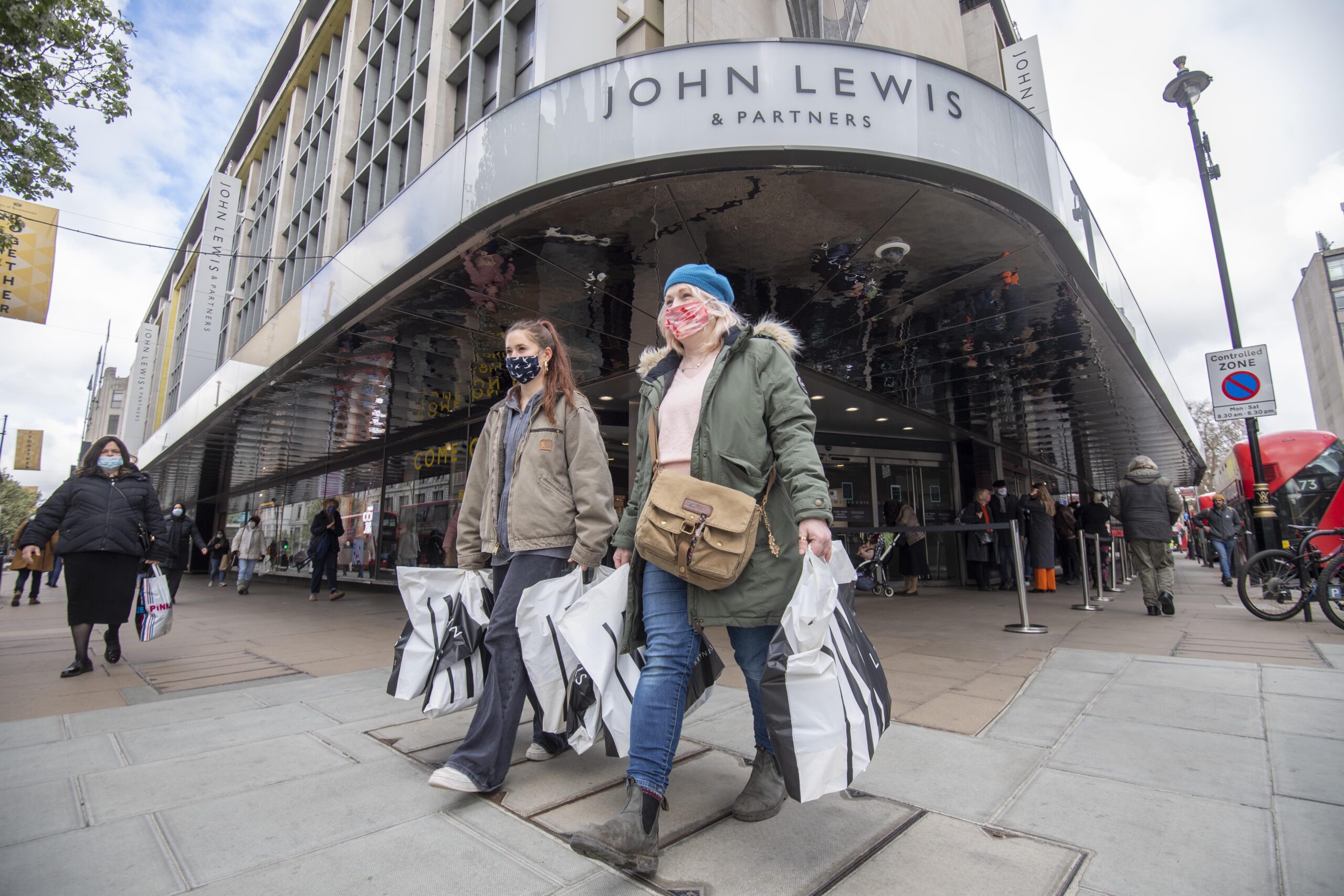The huge increase in online shopping over the past decade or so has had a major impact on department stores, with many consumers turning to Amazon, eBay and other online shops for shopping, rather than a more traditional trip out to a physical store.
This has been exaggerated further over the past 18 months during the Covid-19 pandemic, with the closure of retail ultimately leading to the loss of Debenhams from a High Street that was still reeling from the departure of BHS.

However, while we have heard plenty about the closure of stores across other department store brands, we are also starting to see signs of evolution in this area, with the remaining parties moving outside of their traditional remit and taking on new approaches in order to stay part of the retail landscape.
Here, we speak with some of the companies working in the department stores segment and find out more about how they are seeking to the buck the trend and ensure these stores remain a fixture on High Streets for many years to come.
Changing culture of shopping
There is no doubt that department stores offer a completely unique shopping experience to the retailer, which, importantly, cannot be recreated when shopping online. Much of this comes down to the incredible décor and in-store experiences consumers enjoy when they are shopping.
Luxury interior design architecture practice David Collins Studio has worked with many of the leading department stores in Great Britain, supporting them with ambitious projects aimed at increasing footfall and offering visitors an unforgettable shopping experience.
Nicola Bianchi, senior designer at David Collins Studio, agrees that there are a number of key reasons why a physical store will always be required and, similarly, why there will always be a place for department stores.
“Firstly, one thing that is not easily available from your sofa are curated displays,” Bianchi said. “Endless scrolling cannot provide an entire outfit or room set with ease. Department stores offer us that inspiration, along with the meaningful interactions of high-quality customer service.
“Secondly, following lockdown with its lack of contact with the outside world, we need to see, touch and feel things more than ever. The department store delivers a real-life experience that can’t be matched online, presenting products that you didn’t know you wanted in innovative and desirable settings, that allow you to discover and explore.”
For this reason, Bianchi said it is important for department stores to offer engaging brand experiences to “strike a balance of excitement and convenience”. She said that staggering quantities of stock can feel like hard work rather than an enjoyable, edited or curated shopping experience, whereas online sofa scrolling is the relaxed retail on the terms of the consumer.
As such, she said it is critical for department stores to diversify and rise to the challenge in order to make a shopping trip feel worthwhile, inspirational and a treat for the consumer.
Offering up examples of how to appeal to the modern consumer that would otherwise be satisfied sat on their sofa in the comfort of their own home while scrolling on their phone, Bianchi spoke about David Collins Studio’s work with Harrods.
“I have been fortunate enough to work on both the food and beverage side of Harrods, which incorporates a real sense of theatre throughout the space, culminating in the experiential restaurant counter experience in the Harrods Dining Hall, as well as the menswear departments for David Collins Studio,” Bianchi said.

“What is amazing about the new menswear departments is that for the first time since Harrods opened in 1849, menswear is now all on one level. The culture of shopping by occasion or season has shifted; for example, tailoring is no longer on spread to ‘evening wear’ for a tuxedo on level four, and basement level one for your office attire. It is all together in one place and level, reflecting how we shop for our complete lifestyle.
“Not only that, Harrods has curated brands together that work for types of shoppers, and put them into inspirational new departments. Deep understanding of not only the changes in fashion, but the change in customer profile has enabled David Collins Studio and Harrods to work together on this exciting new department.”

Reacting to an evolving market
Despite having been hit by a number of store closures in 2021, John Lewis has been busy adapting its business model to ensure it continues to attract new and existing customers. The company has recently announced a number of new initiatives outside of its traditional remit, widening its appeal to consumers.
One such development has been the introduction of a new furniture rental scheme, which comes after a successful trial last year. Though perhaps more well known for selling furniture, the new scheme will attract a wider range of customers and extend the appeal of John Lewis to customers who before may not have visited the store.

Working in partnership with rental specialist Fat Llama, the scheme will allow customers to rent furniture from more than 200 lines, covering products such as beds, dining tables, desks and chairs.
Previously only available in London, the rental service will be expanded across the UK, with customers able to rent John Lewis furniture for 12 months at a time, followed by the option to purchase the product with payments already made deducted from the purchase price.
“We’re seeing a real shift in consumer behaviour towards usership rather than ownership, the weak signals were already there pre-covid, with the emergence of car-sharing schemes, hot-desking and services like AirBnB, but the pandemic has turbo-charged this with an almost back-to-the-future move towards sharing, reusing or trading within communities or groups,” John Lewis Partnership futurologist John Vary said. “Renting a dress or sofa is the modern-day equivalent of borrowing sugar from next door.”
John Lewis also recently announced the launch of its investment products in partnership with digital wealth manager Nutmeg. Customers can now visit John Lewis to open a junior ISA, stocks and shares ISA or for general investment.
This, John Lewis said, forms part of a wider plan to expand the focus of its business so that by the year 2030, 40% of its profits will come from outside retail. Other parts of this strategy include expansion into the property sector, with plans in place to build 10,000 rental homes in the next 10 years.
“We have launched an easy-to-use service to help customers reach their financial targets, no matter how big or small – whether that’s saving to get on the property ladder, helping expectant parents prepare for a new arrival or helping to give someone a financial start in life,” John Lewis said in a statement.
“We have committed £100m over the next five years to quadruple our financial services business.”
Temporary features for long-term impact
Adapting for the modern market is clearly key for the future of department stores, but not all of these changes need to be permanent. Selfridges’ recent projects are proof of this, having introduced a number of modern-facing, temporary features inside its stores to respond to seasonal demand.
This summer, the Selfridges London Accessories Hall and the store exterior on Duke and Orchard Streets were transformed into a garden centre, as what the retailer described as a “playful and sensory response” to a boom in outdoor appreciation.
The garden centre has been selling gardening tools, seeds, indoor and outdoor plants and pots, alongside some of the more luxury products associated with Selfridges including a range of fashion, lifestyle and beauty products, as well as an exclusive collection from Prada.

The garden centre has also served as a social space, featuring ‘The Potting Shed’ for events and advice, with a resident gardener, virtual “dial-a-gardener” service and a program of workshops and experiences dedicated to gardening.
“A garden centre is evocative but familiar, and has provided rich inspiration for our teams, literally and creatively,” Selfridges;’ creative director Hannah Emslie said. “We know our customers are more interested in gardening and greening than they have ever been – and so we are playing with the idea by bringing the essentials of a typical garden centre to our stores.
“We will be retailing plants, compost and garden gnomes alongside special and unexpected Selfridges products with a sense fun and imagination, as we continue to explore pleasure in nature this year.”
Other summer-facing projects from Selfridges designed to capture both the attention and imagination of consumers included partnering with New Zealand wine brand Cloudy Bay to recreate its home nation inside Selfridges London.
Cloudy Bay took over a bar on the ground floor and transformed its surroundings in order to transport visitors to Marlborough in New Zealand. Guests entered through an opening in the Cloudy Bay tent and when inside were able to visit a specially designed wooden bar and enjoy a glass of wine on seating in among lanterns and outdoor lights.

“The Cloudy Bay haven at Selfridges is more than just a bar, it emulates the bay in New Zealand –showcasing its special, awe inspiring, untouched beauty and now Londoners will have the opportunity to experience this unique place without needing to cross the Pacific Ocean,” Selfridges said.
While it is difficult to argue against the ease and convenience of shopping online, if there is one thing that the internet will never compete with, it is the experience of shopping inside a physical store. Creating a memorable environment for shoppers will significantly increase the chance of them returning over and over again, and with department stores in particular excelling at these special experiences, their value to the industry cannot be overstated.
















